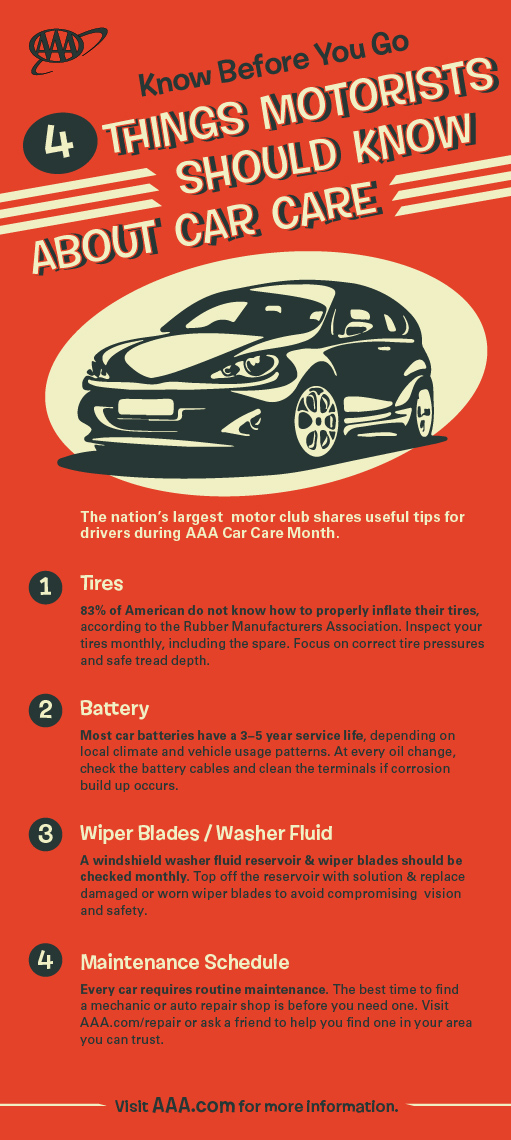Translating Your Vehicle'S Alert Lighting: Their True Ramifications
Translating Your Vehicle'S Alert Lighting: Their True Ramifications
Blog Article
Created By-Lim Forbes
When you lag the wheel, those glowing caution lights on your control panel can be a little bit bewildering. Do you know what they're trying to inform you regarding your automobile's health and wellness? Recognizing the significance of these lights is important for your safety and security and the long life of your vehicle. So, https://www.carandbike.com/news/eight-tips-for-keeping-your-car-cool-in-the-summer-2875471 of those lights pops up, would not you intend to decipher its message accurately and take the essential actions to address it?
Common Caution Lights and Interpretations
Recognize typical caution lights in your cars and truck and recognize their definitions to make certain risk-free driving.
The most typical caution lights include the check engine light, which signifies concerns with the engine or exhausts system. If this light begins, it's essential to have your car examined immediately.
The oil pressure advising light indicates reduced oil pressure, needing immediate focus to prevent engine damage.
A blinking battery light might recommend a defective charging system, possibly leaving you stranded if not dealt with.
The tire stress monitoring system (TPMS) light alerts you to low tire stress, influencing car stability and gas effectiveness. Disregarding this can lead to hazardous driving conditions.
The abdominal muscle light shows a problem with the anti-lock braking system, endangering your capability to stop promptly in emergencies.
Lastly, the coolant temperature warning light warns of engine overheating, which can result in severe damage if not dealt with swiftly.
Understanding these typical warning lights will assist you resolve issues quickly and maintain risk-free driving problems.
Significance of Prompt Attention
Understanding the usual caution lights in your vehicle is just the very first step; the relevance of quickly addressing these warnings can't be emphasized sufficient to ensure your safety and security when traveling.
When a caution light illuminates on your control panel, it's your automobile's method of connecting a potential problem that requires attention. Neglecting these warnings can bring about extra extreme troubles down the road, compromising your security and possibly costing you a lot more out of commission.
Motivate attention to alerting lights can prevent malfunctions and mishaps. For example, a flashing check engine light can suggest a misfire that, if left ignored, could trigger damages to the catalytic converter. Resolving this without delay can conserve you from a pricey repair.
In a similar way, a brake system warning light could signify reduced brake liquid or worn brake pads, vital components for your safety when driving.
Do It Yourself Troubleshooting Tips
If you observe a caution light on your control panel, there are a couple of DIY troubleshooting pointers you can attempt before seeking professional help.
The very first step is to consult your vehicle's handbook to understand what the certain caution light indicates. Sometimes the concern can be as straightforward as a loosened gas cap activating the check engine light. Tightening car detailer might resolve the issue.
Another usual problem is a reduced battery, which can trigger various cautioning lights. Inspecting the battery links for deterioration and guaranteeing they're safe and secure might take care of the problem.
If a warning light continues, you can try resetting it by disconnecting the auto's battery for a few minutes and then reconnecting it. Furthermore, checking your vehicle's fluid levels, such as oil, coolant, and brake liquid, can help fix advising lights connected to these systems.
Verdict
To conclude, recognizing your car's caution lights is vital for maintaining your car running smoothly and safely. By without delay attending to these notifies and understanding what they indicate, you can prevent expensive fixings and prospective failures.
Bear in mind to consult your car's handbook for specific details on each alerting light and do something about it as necessary to make certain a trouble-free driving experience.
Keep educated, stay safe on the road!
